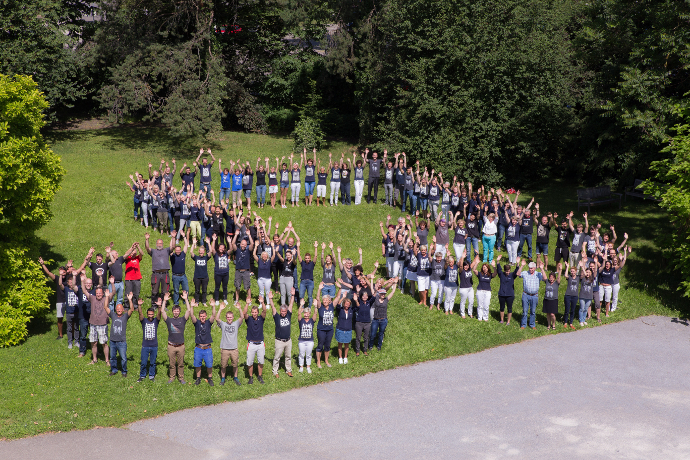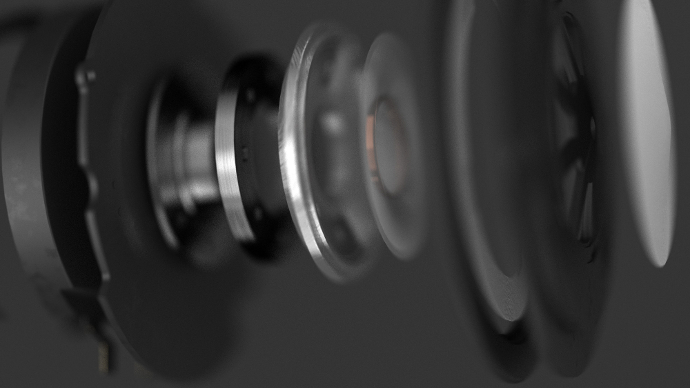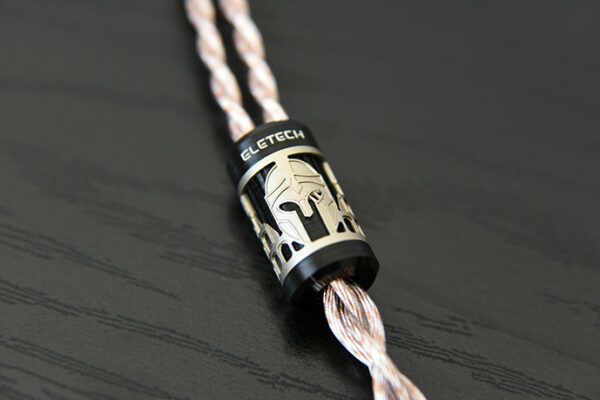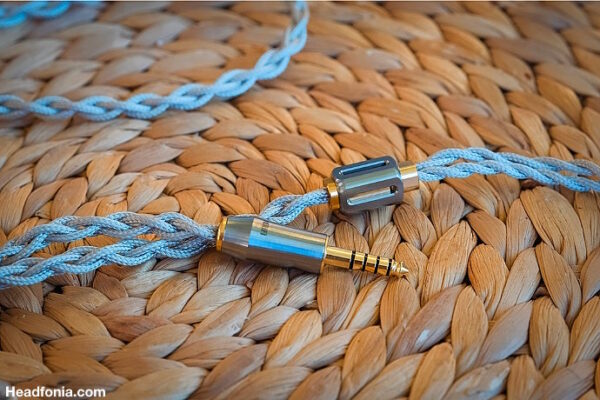Welcome to Linus’ new interview series on Headfonia.com! Every two weeks we will publish an interview with an insider of the audio industry. They will give us a little insight on how they started and what they are up to. We are thrilled to be able to share a little something with all of you.
This episodes chat partner is Mario Gebhardt, Director of Business Unit Headphones of beyerdynamic!

HFN: Please tell us a little bit about yourself and your role at beyerdynamic
MG: I’ve been working at beyerdynamic for more than 14 years now. I have a long-time background in the R&D department of the company but I have been focusing more on the product management side since a couple of years ago. Since 2016, I am Director of the Business Unit Headphones. This basically means: my team and I listen to the needs of our customers, then generate the right products, and finally tell the world about them and bring them to the people.
HFN: What are your influences?
MG: When it comes to our products, my strongest influence are always the people who use our headphones: our customers. I love to talk to them, see how they use our products and what could be done better. At the end of the day, the most important thing is to find out how we can improve our products to fit into the world of our customers.
HFN: How did beyerdynamic start?
MG: Eugene Beyer founded the company in Berlin, Germany in 1924 by developing cinema loudspeakers. In a time where cinema was rapidly growing, he noticed that the sound in cinema theaters simply wasn’t up to pace with the development of the “moving picture”, and he took up the challenge to change this. Starting off there, he expanded into making some of the first dynamic headphones in the 30s, e.g. the legendary DT48. I think the spirit of beyerdynamic has always been strongly connected to Eugene Beyer, trying to make the audio world better.
HFN: Who are the people behind beyerdynamic and what are their backgrounds?
MG: The people behind beyerdynamic are not purely numbers-driven business managers in suits and ties. We’re still a family-owned, independent company that thinks we can make the audio world better. Of course, the numbers have to be right, no doubt about that. But at the end of the day, the people behind beyerdynamic are people who love music and love driving the audio world.

HFN: What is it that got you personally into audio?
MG: Looking back, music has always been part of my life. From teaching myself how to play the guitar, from starting a band, to getting to know the recording world and the tools to create great sound… it was somewhat clear for me that working in the audio world is what I will be doing. It was just natural for me.
HFN: What’s driving beyerdynamic forward?
MG: Some time ago we stated: “Finding the right sound wasn’t always easy but it has always been something we were striving for”. I think that sums it up pretty well.
HFN: What is beyer’s main goal when creating a new headphone?
MG: We’re always striving for the “perfect sound”… “the perfect design”… the “perfect product”. Something we will never achieve. Nobody will. But making the best possible product of our times is still our goal. We’re trying to show the world with every new product: “Hey, we still have more ideas how we can make it even better!”
HFN: Does beyer have a set of reference songs you use to evaluate your products?
MG: No, we don’t have any “Corporate Test Songs” but every sound engineer at beyerdynamic has their references for testing. As an example: usually, I still use Dire Straits “Money for nothing” album. Not because these are the perfect test tracks but because I know them so well that I can evaluate the sound tuning of a new headphone with them. Believe me, I’ve heard them many, many times…
HFN: Burn-in, real or fake?
MG: Tough question… even to a certain degree philosophical!
Any product changes its performance during use, in a more significant or subtle way. That’s just physics and mechanics. However, looking at our measurement equipment, we cannot see a clearly noticeable change in important parameters, such as frequency response, over time. So perhaps it’s not the frequency response of the driver but the transient response (talking about time-domain instead of frequency-domain)… or perhaps it’s the behavior of the ear pad that’s changing its shape… again, this is not clearly measurable, and certainly not audible to everyone. But people who are trained and sensitive to changes in the playback will be able to hear a difference.
This is somewhat confusing, but also cool, as it proves to me that the human hearing is much more complex and superior to any measuring device. It just shows that measurement devices don’t listen to music… but humans do.

HFN: How do different driver materials effect sound?
MG: It makes a very big difference and dramatically changes the sound. Actually we’re talking about the heart of every headphone since the driver is generating the soundwaves that we are hearing. A change in materials (such as coatings of the membrane) directly and significantly influences the sound. Sometimes it can make the sound tuning difficult when materials that get used are changing but generally this is a big part of our “toolset” when tweaking the sound of our headphones. We at beyerdynamic are still manufacturing most of our drivers in-house. R&D and production are just two doors apart. That enables us to really tune the sound of our headphones right from their heart.
HFN: Beyerdynamic is one of the very few headphone manufacturers that sticks to a single driver technology for their over ears. Is there a reason we’ve never seen a planar or an electrostat from beyer? Will there be one in the future?
MG: I’m sorry to correct you: beyerdynamic developed and offered a remarkable electrostatic headphone back in the 80s. It was called the ET-1000.
Electostatic and magnetostatic (planar) headphones are of course an interesting topic. We are constantly checking out other driver technologies and what they are able to deliver in terms of performance. For now, beyerdynamic is focusing on getting the best performance out of dynamic drivers. But this is not something we’re stuck on.
The interview continues on Page 2 with more insights on beyerdynamic!









